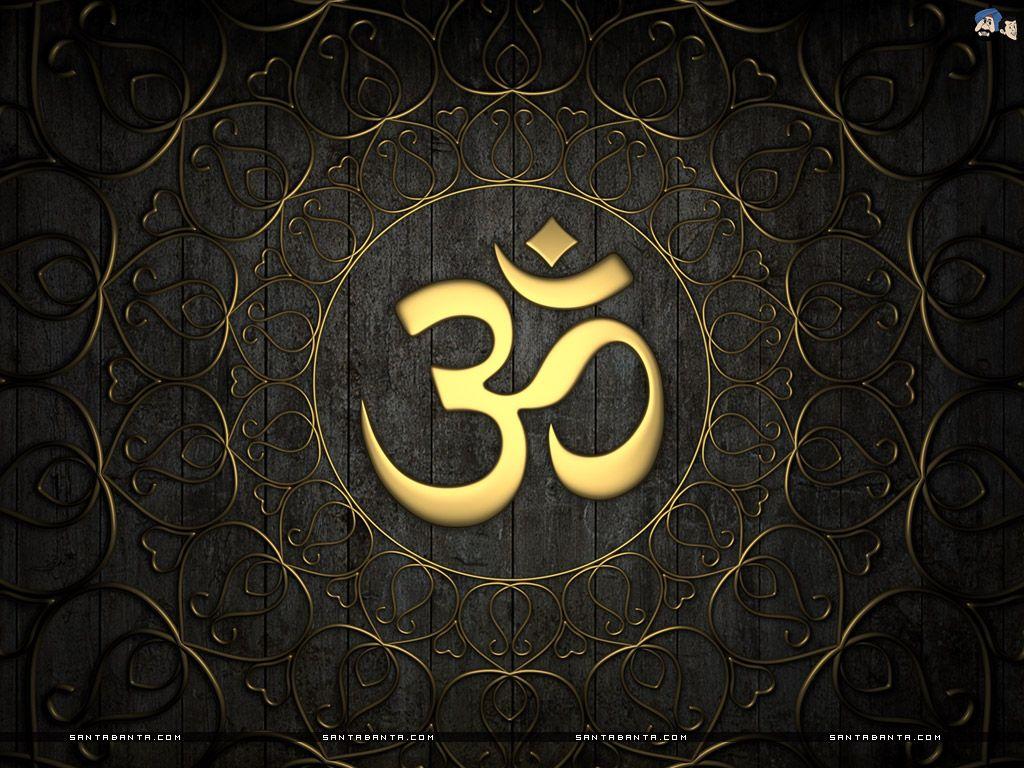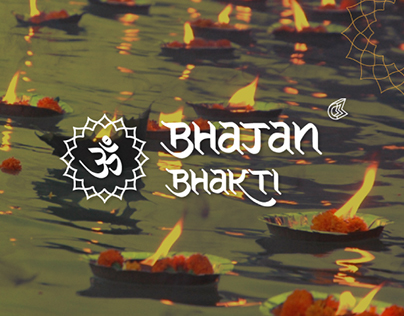
October 12, 2025
Spirituality
4 min read
Sanatan Dharma and Science: Ancient Wisdom Meets Modern Knowledge
Sanatan Dharma — the “Eternal Way” — is not a religion bound by time, but a timeless wisdom that flows through life itself. It teaches harmony with nature, respect for all beings, and the realization that the Divine dwells in everyone. Rooted in truth, compassion, and dharma (righteousness), Sanatan Dharma is not about conversion, but about awakening. It reminds us that life is sacred, and every action, every thought, can be a step toward the divine.
Sanatan Dharma, often referred to as the eternal way, is one of the oldest living spiritual
traditions in the world. Rooted in the Vedas, Upanishads, and other sacred texts, it
encompasses philosophy, rituals, ethics, and social practices. While many teachings were
historically viewed as purely spiritual or symbolic, modern science increasingly reveals that
Sanatan Dharma encoded empirical knowledge about nature, health, astronomy, and human
psychology.
This blog explores the intersections of Sanatan Dharma with scientific understanding,
highlighting uncommon knowledge that many people are unaware of.
---
1. Cosmology and Astronomy
Ancient texts like the Vedas, Surya Siddhanta, and Puranas contain detailed descriptions of
planetary motions, eclipses, and cosmic cycles.
The concept of Yugas (time cycles) aligns with long-term astronomical and geological cycles
observed by modern science.
Uncommon fact: Aryabhata (5th century CE) accurately calculated the Earth’s rotation and
revolution, and the duration of a year, centuries before Western astronomers.
Hindu cosmology also describes the expanding universe metaphorically, similar to modern
theories of cosmic expansion.
---
2. Biology and Medicine
Ayurveda, the traditional medicine system of Sanatan Dharma, emphasizes holistic health, diet,
lifestyle, and mental well-being.
Ancient texts recommend seasonal diets, fasting, and herbal remedies that align with modern
nutritional and preventive medicine.
Uncommon knowledge: Certain Ayurvedic herbs used for immunity, digestion, and cognitive
enhancement are now scientifically validated through pharmacological studies.
Practices like Pranayama (breathing exercises) improve lung capacity, oxygenation, and reduce
stress — verified by modern respiratory science.
---
3. Physics and Energy
Concepts like Prana (life force) and Agni (fire/energy) metaphorically describe energy
transformations in nature.
Modern interpretations correlate Prana with bioenergetics and nervous system energy, while
Agni relates to metabolism and enzymatic processes.
Uncommon insight: Vedic fire rituals (Havan) not only had spiritual significance but also
promoted air purification and environmental cleansing, confirmed by recent studies.
---
4. Mathematics and Geometry
Ancient India contributed significantly to mathematics, with Vedic scholars exploring geometry,
algebra, and zero (shunya).
Temples and yantras incorporate sacred geometry, aligning structures with solar and planetary
positions.
Uncommon knowledge: The design of mandalas and temple layouts often follows the golden
ratio and fractal patterns, reflecting an understanding of mathematical aesthetics centuries
before modern recognition.
---
5. Psychology and Mind Science
Meditation, mantra chanting, and yoga in Sanatan Dharma modulate brain waves,
neurochemistry, and autonomic nervous system function.
Practices like Bhajan, Kirtan, and Japa reduce stress, enhance mood, and improve focus.
Uncommon insight: Ancient texts describe the mind as “chitta” (consciousness) with layers
similar to modern concepts of subconscious, working memory, and attention control.
---
6. Environmental Awareness
Rituals such as tree worship, river purification, and cow reverence reflect ecological knowledge.
Vedic injunctions on planting, water conservation, and sustainable living align with modern
environmental science.
Uncommon knowledge: Certain rituals, like offering natural items during Pooja or Havan,
inherently reduce pollution and promote eco-balance.
---
7. Health, Hygiene, and Longevity
Daily practices prescribed in Sanatan Dharma — such as early morning bathing, sun exposure,
and oral hygiene (like oil pulling) — have scientifically proven health benefits.
Fasting rituals like Navratri, Chhath, and Ekadashi support detoxification, metabolic regulation,
and gut health.
Uncommon insight: The ancients intuitively incorporated circadian rhythms and seasonal
changes into their lifestyle recommendations, now recognized as crucial for modern wellness.
---
8. Sound and Vibration Science
Mantras, Bhajans, and Kirtans use specific sound frequencies and vibrations to influence brain
waves, heart rate, and emotional states.
Modern studies confirm that repetitive chanting can improve focus, reduce anxiety, and enhance
overall mental well-being.
Uncommon fact: Some mantras incorporate microtonal frequencies that subtly affect the
nervous system, a nuance rarely replicated in Western music therapy.
---
9. Astronomy and Festivals
Festivals like Makar Sankranti, Diwali, and Chhath are aligned with solar and lunar events.
Timing of rituals shows ancient observational astronomy, correlating with solstices, equinoxes,
and lunar phases.
Uncommon knowledge: Many festival dates were set to optimize agriculture, health, and
ecological balance, not just for religious symbolism.
---
Conclusion
Sanatan Dharma is not merely a spiritual or religious system; it is a comprehensive framework
integrating philosophy, science, and daily life. From astronomy and mathematics to medicine,
psychology, and environmental science, ancient practices anticipated discoveries that modern
science is only now confirming.
The wisdom of Sanatan Dharma demonstrates that devotion, observation, and empirical insight
can coexist harmoniously, offering lessons for health, sustainability, and conscious living even in
the 21st century
traditions in the world. Rooted in the Vedas, Upanishads, and other sacred texts, it
encompasses philosophy, rituals, ethics, and social practices. While many teachings were
historically viewed as purely spiritual or symbolic, modern science increasingly reveals that
Sanatan Dharma encoded empirical knowledge about nature, health, astronomy, and human
psychology.
This blog explores the intersections of Sanatan Dharma with scientific understanding,
highlighting uncommon knowledge that many people are unaware of.
---
1. Cosmology and Astronomy
Ancient texts like the Vedas, Surya Siddhanta, and Puranas contain detailed descriptions of
planetary motions, eclipses, and cosmic cycles.
The concept of Yugas (time cycles) aligns with long-term astronomical and geological cycles
observed by modern science.
Uncommon fact: Aryabhata (5th century CE) accurately calculated the Earth’s rotation and
revolution, and the duration of a year, centuries before Western astronomers.
Hindu cosmology also describes the expanding universe metaphorically, similar to modern
theories of cosmic expansion.
---
2. Biology and Medicine
Ayurveda, the traditional medicine system of Sanatan Dharma, emphasizes holistic health, diet,
lifestyle, and mental well-being.
Ancient texts recommend seasonal diets, fasting, and herbal remedies that align with modern
nutritional and preventive medicine.
Uncommon knowledge: Certain Ayurvedic herbs used for immunity, digestion, and cognitive
enhancement are now scientifically validated through pharmacological studies.
Practices like Pranayama (breathing exercises) improve lung capacity, oxygenation, and reduce
stress — verified by modern respiratory science.
---
3. Physics and Energy
Concepts like Prana (life force) and Agni (fire/energy) metaphorically describe energy
transformations in nature.
Modern interpretations correlate Prana with bioenergetics and nervous system energy, while
Agni relates to metabolism and enzymatic processes.
Uncommon insight: Vedic fire rituals (Havan) not only had spiritual significance but also
promoted air purification and environmental cleansing, confirmed by recent studies.
---
4. Mathematics and Geometry
Ancient India contributed significantly to mathematics, with Vedic scholars exploring geometry,
algebra, and zero (shunya).
Temples and yantras incorporate sacred geometry, aligning structures with solar and planetary
positions.
Uncommon knowledge: The design of mandalas and temple layouts often follows the golden
ratio and fractal patterns, reflecting an understanding of mathematical aesthetics centuries
before modern recognition.
---
5. Psychology and Mind Science
Meditation, mantra chanting, and yoga in Sanatan Dharma modulate brain waves,
neurochemistry, and autonomic nervous system function.
Practices like Bhajan, Kirtan, and Japa reduce stress, enhance mood, and improve focus.
Uncommon insight: Ancient texts describe the mind as “chitta” (consciousness) with layers
similar to modern concepts of subconscious, working memory, and attention control.
---
6. Environmental Awareness
Rituals such as tree worship, river purification, and cow reverence reflect ecological knowledge.
Vedic injunctions on planting, water conservation, and sustainable living align with modern
environmental science.
Uncommon knowledge: Certain rituals, like offering natural items during Pooja or Havan,
inherently reduce pollution and promote eco-balance.
---
7. Health, Hygiene, and Longevity
Daily practices prescribed in Sanatan Dharma — such as early morning bathing, sun exposure,
and oral hygiene (like oil pulling) — have scientifically proven health benefits.
Fasting rituals like Navratri, Chhath, and Ekadashi support detoxification, metabolic regulation,
and gut health.
Uncommon insight: The ancients intuitively incorporated circadian rhythms and seasonal
changes into their lifestyle recommendations, now recognized as crucial for modern wellness.
---
8. Sound and Vibration Science
Mantras, Bhajans, and Kirtans use specific sound frequencies and vibrations to influence brain
waves, heart rate, and emotional states.
Modern studies confirm that repetitive chanting can improve focus, reduce anxiety, and enhance
overall mental well-being.
Uncommon fact: Some mantras incorporate microtonal frequencies that subtly affect the
nervous system, a nuance rarely replicated in Western music therapy.
---
9. Astronomy and Festivals
Festivals like Makar Sankranti, Diwali, and Chhath are aligned with solar and lunar events.
Timing of rituals shows ancient observational astronomy, correlating with solstices, equinoxes,
and lunar phases.
Uncommon knowledge: Many festival dates were set to optimize agriculture, health, and
ecological balance, not just for religious symbolism.
---
Conclusion
Sanatan Dharma is not merely a spiritual or religious system; it is a comprehensive framework
integrating philosophy, science, and daily life. From astronomy and mathematics to medicine,
psychology, and environmental science, ancient practices anticipated discoveries that modern
science is only now confirming.
The wisdom of Sanatan Dharma demonstrates that devotion, observation, and empirical insight
can coexist harmoniously, offering lessons for health, sustainability, and conscious living even in
the 21st century


